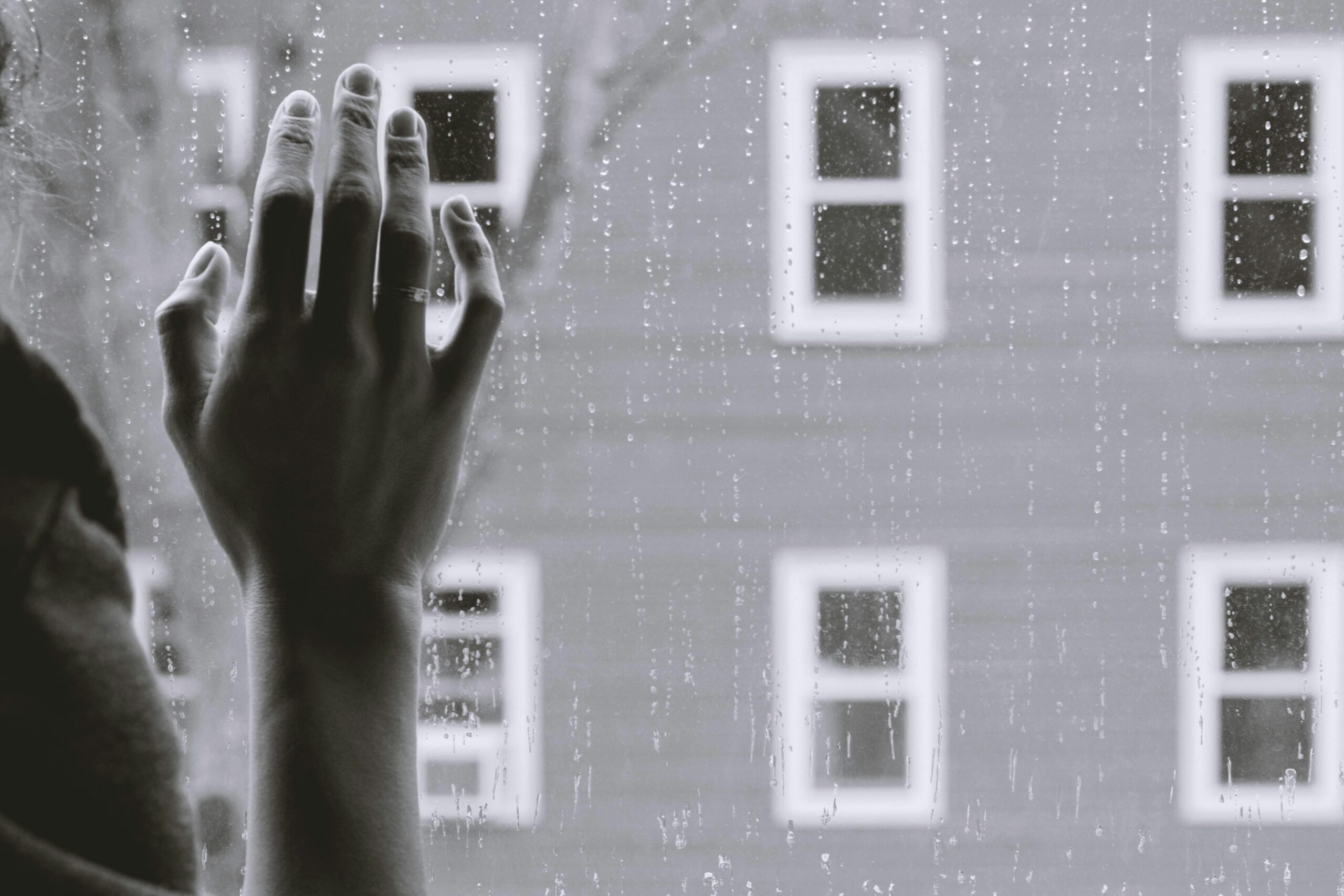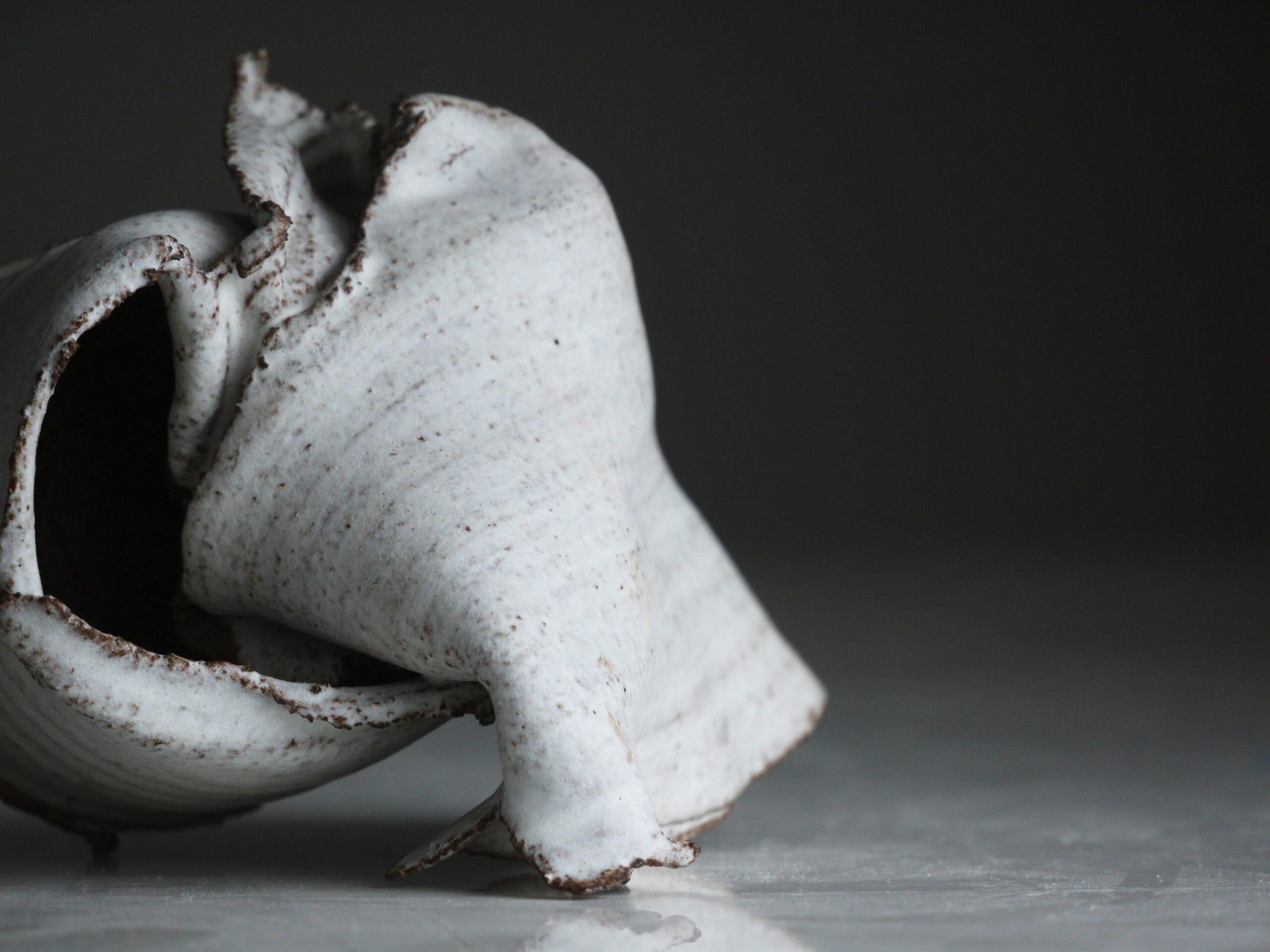
In the past week, I’ve run across three different articles that all discuss different types of therapies. This one at theconversation.com is about types of therapy that have been tested and shown to achieve real results. This one at Aeon.co is about types of therapies that harm rather than help. And this one in The Atlantic is about mindfulness. They piqued my interest because I wrote a piece about Getting Help a couple of weeks ago. In it, I talked about the challenges of finding a therapist. I didn’t get into it there, but part of the difficulty in finding a therapist is because of the variety of therapies that are available to mental health patients.
People who have not been to therapy may not know what goes on. TV and movies often depict therapy sessions as a patient lying on a couch and the therapist sitting in an armchair with a notepad. They talk about the patient’s childhood until they uncover some repressed trauma and the patient is cured. This is not an accurate representation. In fact, different therapists may use different therapies. There isn’t just one kind of therapy that they all use. There are also different therapies that are more effective for certain disorders. Diagnosis is a big part of therapy. Not only does it dictate the kind of therapy, it gives a target to aim at. The patient doesn’t just talk until they stumble on something. There should always be a goal.
For me, Cognitive Behavioral Therapy (CBT) seems to work best. CBT often takes the form of the therapist pushing back on negative thoughts and interpretations. She does a lot of reframing and playing Devil’s Advocate. A sort of glib way of looking at it is the therapist is teaching the patient how to look on the bright side of things.
CBT isn’t the only technique we use. Mindfulness is also part of my therapy. Admittedly, though, I’m not as good at mindfulness as I should be. (Jumping back to CBT for a second, that was bad framing. There is no should; it isn’t a competition. Mindfulness is just harder for me than some of the other therapies.) Part of it is that mindfulness feels very new age-y and that’s not my personality at all. Part of it is that I find comfort in letting my thoughts run free. It’s uncomfortable for me to quiet my mind. But, when I’m in a session and have the right guidance, I can do it. It’s a good counter to anxiety and intrusive thoughts.
We also use some behavioral activation. One of the problems in depression is low energy. That affects both physical activity and social interactions. Behavioral activation is basically finding ways, even with depleted energy reserves, to return to doing things. When I’m really not feeling good, it can be as simple as sitting outside on a sunny day or texting a friend. As I feel better, I can go for walks or socialize in person. Depression makes me think I don’t want to do those things, but when I do them, I always feel better.
That’s just a sample of the available therapies. If you want or need therapy and have the energy, it’s worth doing a little research. Part of finding the right therapist is finding one that will use techniques that work for you. It takes a little more effort, but it will be worth it in the long run.













One thought on “Types of Therapy”